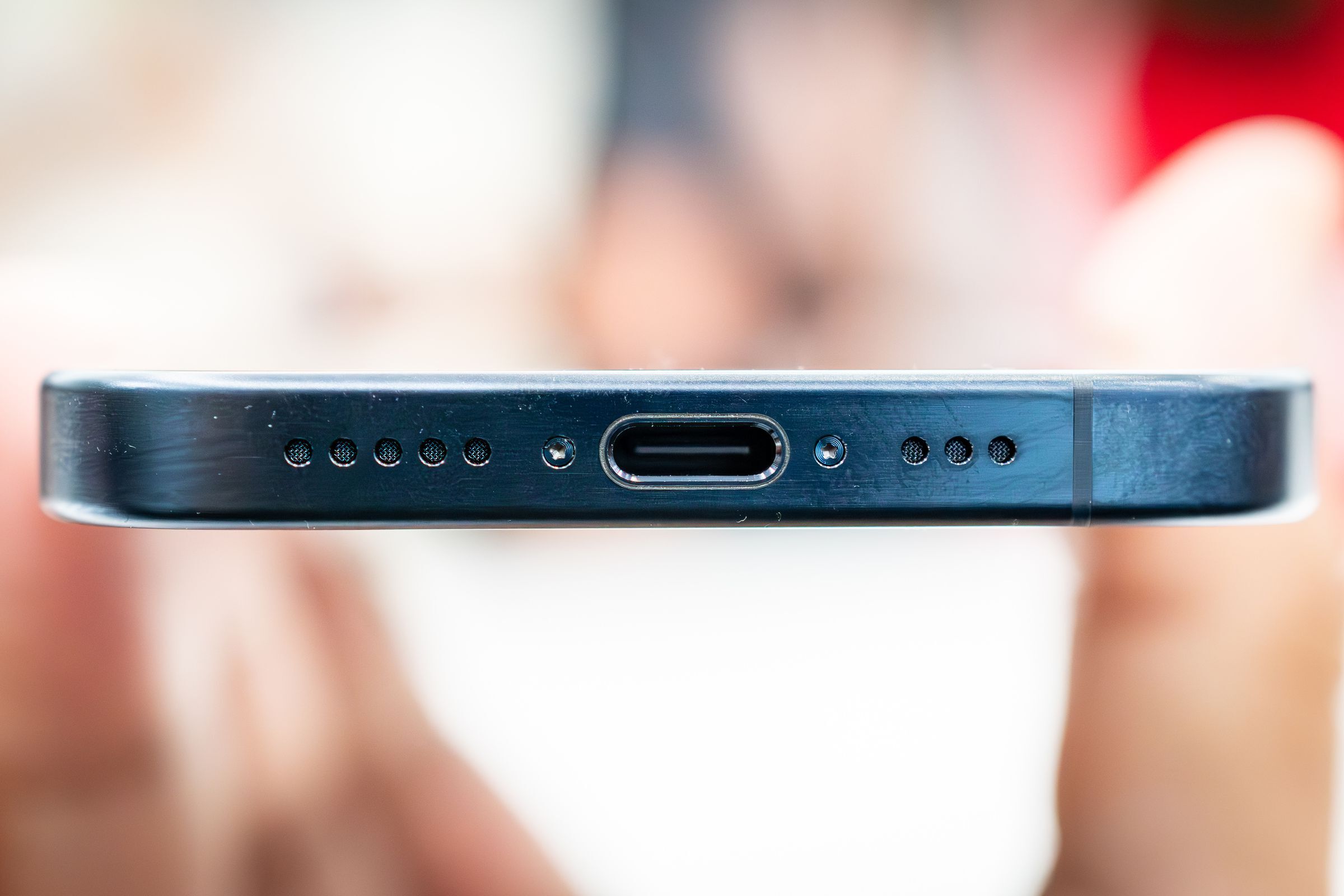
Introduction
In the world of smartphones, compatibility between devices often poses challenges. With the iPhone 15's shift to a USB-C port, many users wonder if an Android charger can be used for their new iPhone. The answer is yes, but several factors must be considered to ensure a smooth charging experience.
Understanding the Basics
Charging Ports
- USB-C: The latest standard for charging ports, used by both the iPhone 15 and many Android devices. It offers faster charging speeds and supports data transfer.
- Lightning: The previous charging port used by iPhones, now replaced by USB-C in the latest models.
- Micro-USB: An older standard still used by some Android devices, though less common.
Adapters
Adapters are crucial for connecting different types of chargers to your device. When using an Android charger for your iPhone, an adapter that converts the USB-C or Micro-USB connector of the Android charger to a Lightning or USB-C connector compatible with your iPhone is needed.
Step-by-Step Guide
Connecting the Adapter
- Identify the Connectors: Determine the type of connectors on your iPhone charger and Android device. An Android charger will likely have a USB-C or Micro-USB connector. An iPhone charger will have a Lightning connector.
- Choose the Right Adapter: Select the appropriate adapter based on the connectors. For example, if you have an Android charger with a USB-C connector and an iPhone with a USB-C port, a USB-C to USB-C adapter is needed. If your iPhone has a Lightning port, a USB-C to Lightning adapter is required.
- Attach the Adapter: Connect the adapter to the iPhone charger. Ensure it fits snugly into both the charger and the phone.
- Connect to the Android Device: Plug the other end of the adapter into your Android device's charging port.
Ensuring Proper Connection
- Check for a Snug Fit: Ensure all connections are secure to avoid loose connections that might cause charging issues.
- Look for Charging Indicators: Verify that your iPhone shows it's charging, usually indicated by a battery icon or notification on the screen.
- Avoid Force: Don’t force the connectors; they should fit easily if they’re compatible.
Troubleshooting Common Issues
Charging Speed
Using an iPhone charger adapter with an Android device can sometimes lead to slower charging speeds. This happens because not all chargers and cables support fast charging. To optimize charging speed:
- Ensure Compatibility: Make sure the adapter and cable support the same fast-charging standards as your iPhone.
- Use Certified Chargers: If your phone supports Quick Charge or USB Power Delivery (USB-PD), use a charger and cable certified for those standards.
- Avoid Using Your Phone While Charging: This can slow down the charging process.
Connection Problems
Loose adapters or incompatible cables can cause connection issues. If your iPhone isn't charging:
- Check Connections: Ensure all connections are secure.
- Try Different Cables or Adapters: If the problem persists, try using a different cable or adapter.
- Clean Charging Ports: Sometimes dirt or debris in the charging port can cause issues, so gently clean it with a soft brush or compressed air.
Maximizing Adapter Efficiency
Choosing the Right Adapter
- Compatibility: Ensure the adapter is compatible with both devices.
- Check Port Types: iPhones use Lightning, while most Androids use USB-C or Micro-USB.
- Plug In Correctly: Plug the adapter into the iPhone charger and then into the Android device.
Charging Efficiency
- Avoid Using Phone While Charging: To maximize efficiency, avoid using your phone while it's charging.
- Keep Adapters Clean: Keep the adapter clean and free from dust to prevent damage.
- Store Adapters Safely: Store adapters in a safe place to prevent damage.
Data Transfer
Some adapters support data transfer, allowing you to sync files between your device and computer:
- Verify Compatibility: Verify if your adapter supports data transfer.
- Follow On-Screen Prompts: Connect the devices and follow any on-screen prompts.
- Backup Important Files: Backup important files before transferring to avoid data loss.
Practical Tips for Traveling
When traveling, it's essential to carry a spare adapter:
- Universal Adapters: Consider carrying a universal adapter that can handle different plug types.
- Label Adapters: Label your adapters to avoid confusion.
- High-Quality Adapters: Invest in high-quality adapters to ensure safety and longevity.
Final Thoughts
Using an Android charger for your iPhone 15 is possible, but choosing the right adapter and ensuring compatibility is crucial to avoid any issues. By understanding the basics of charging ports and adapters, ensuring proper connections, troubleshooting common issues, maximizing adapter efficiency, and following practical tips for traveling, you can ensure a smooth and efficient charging experience. Whether switching between devices or traveling abroad, having the right adapter can make all the difference in keeping your devices powered up and ready to go.
